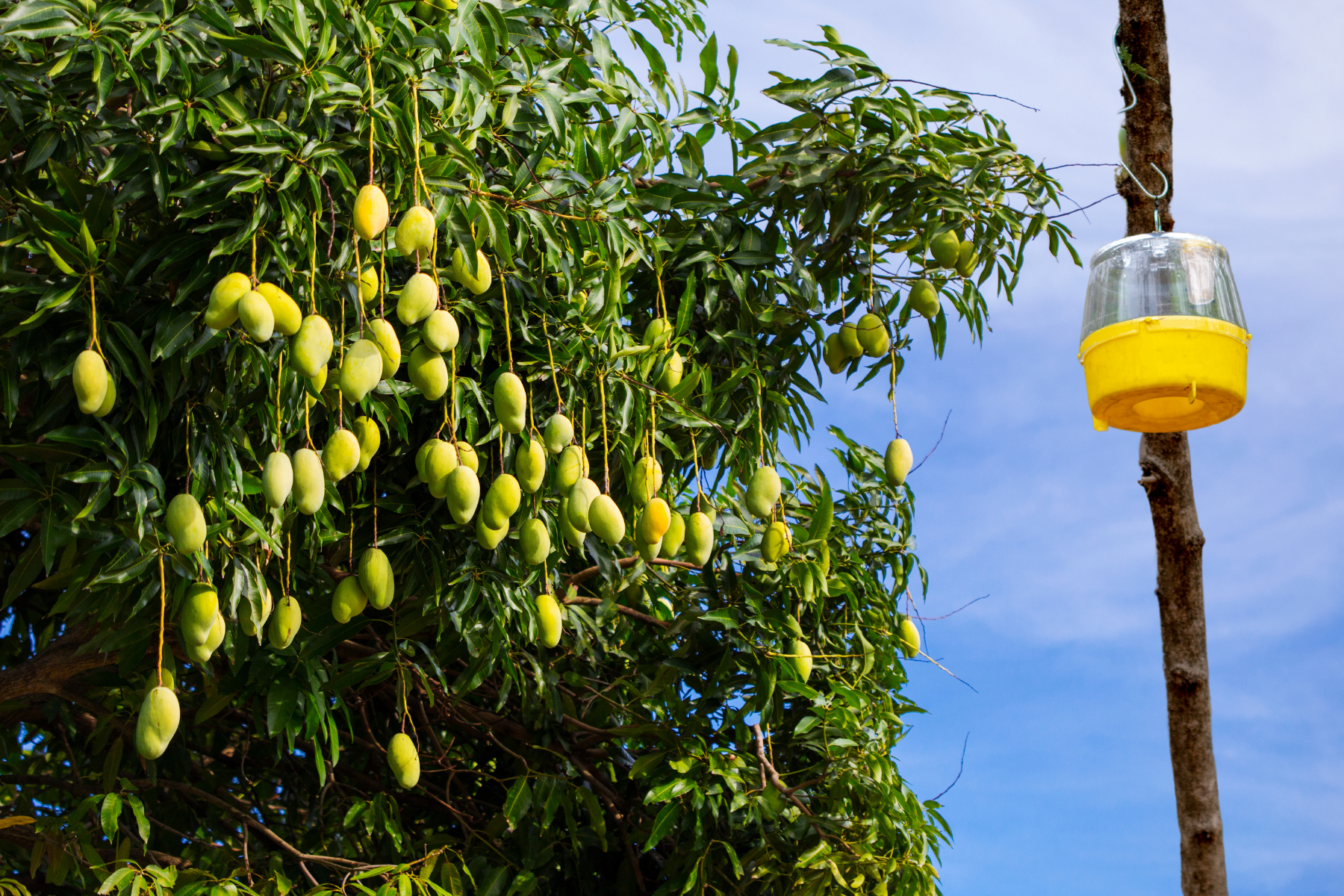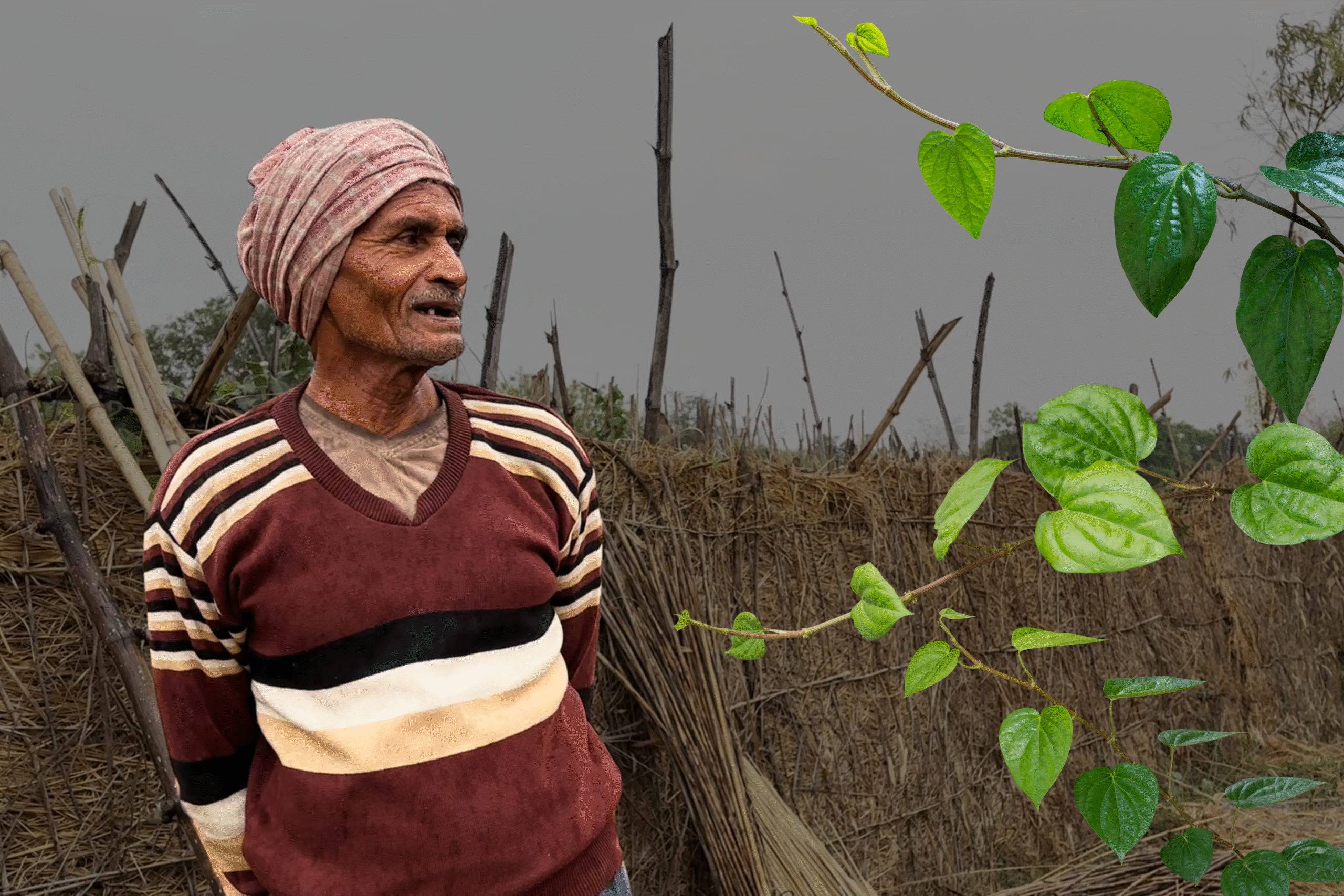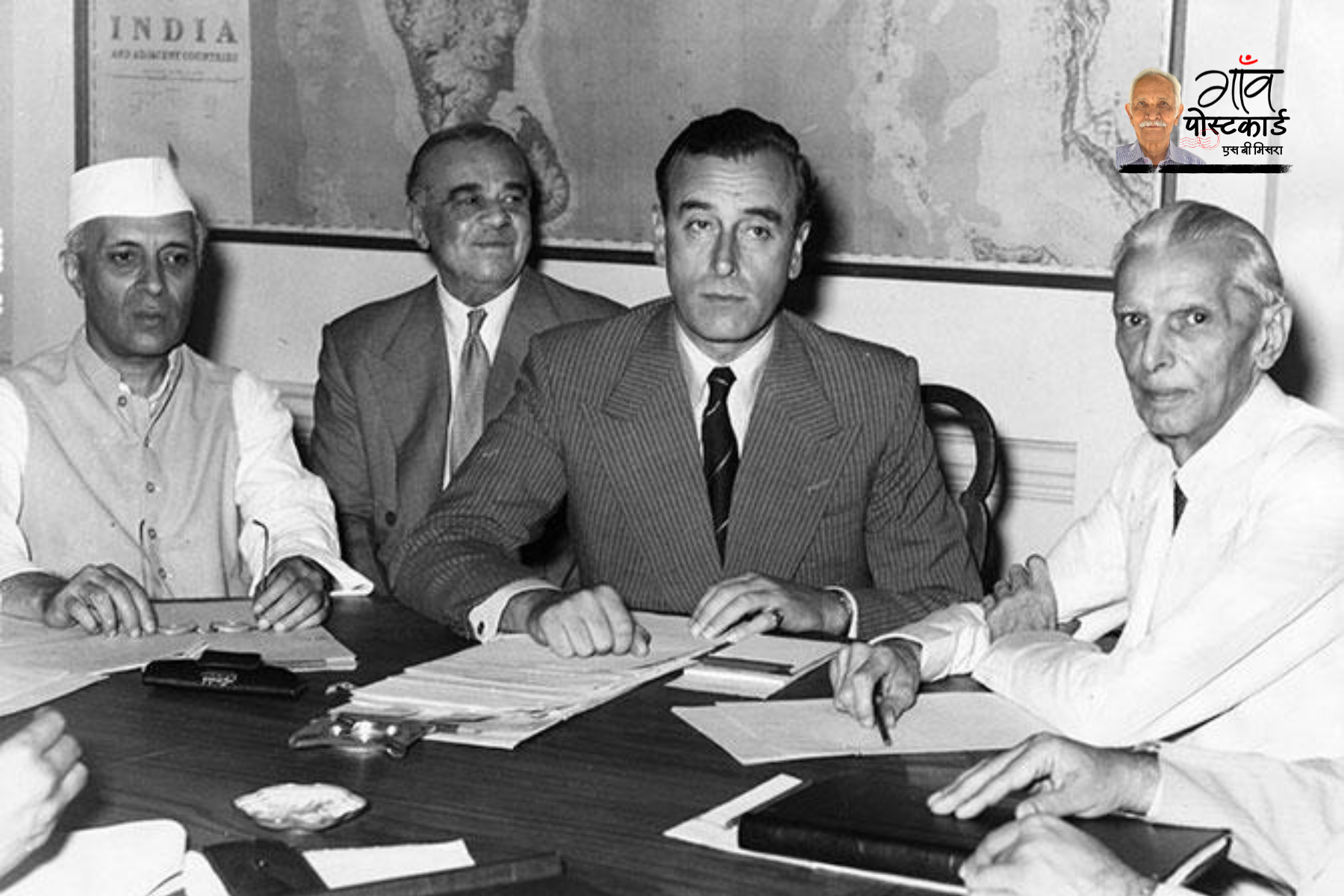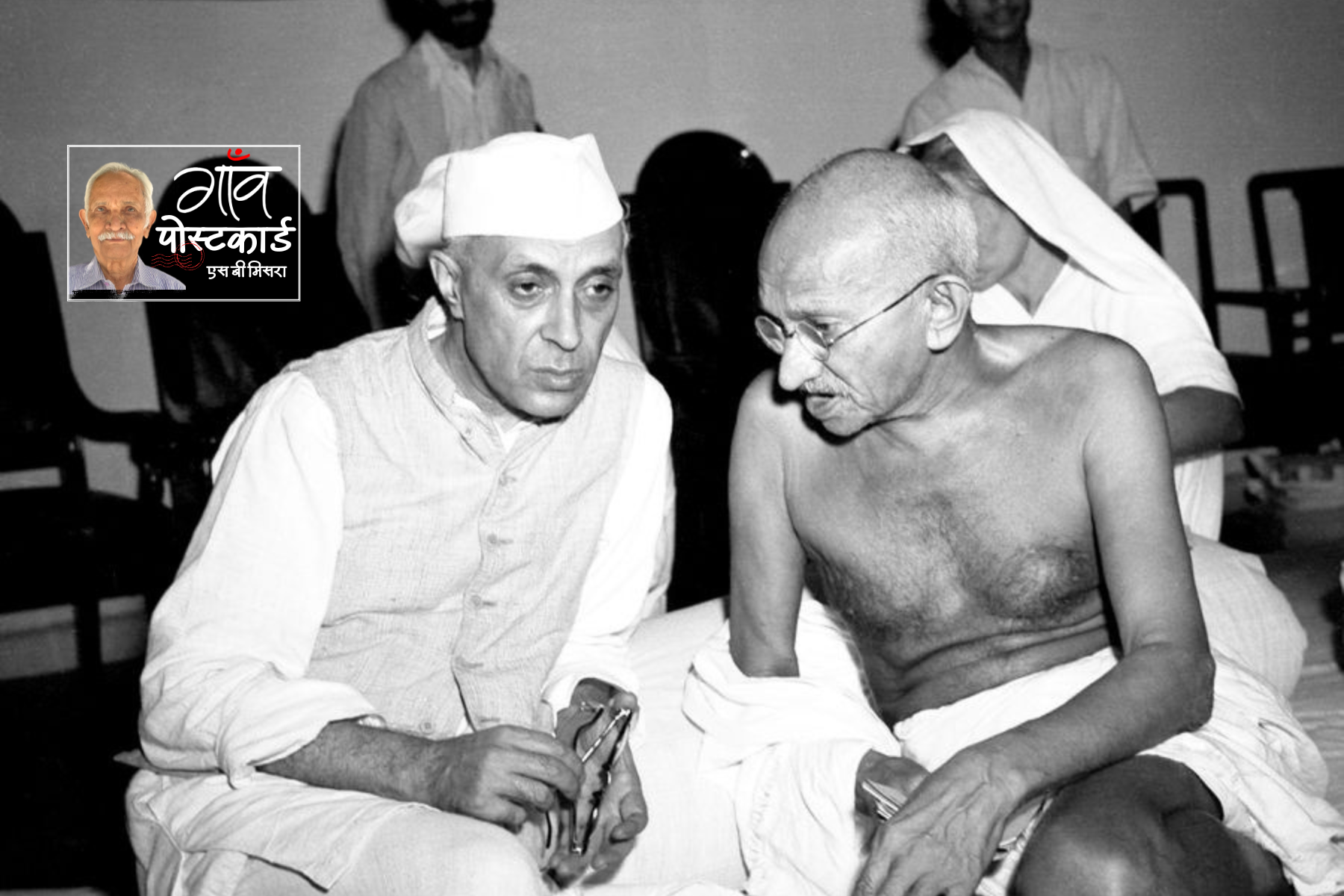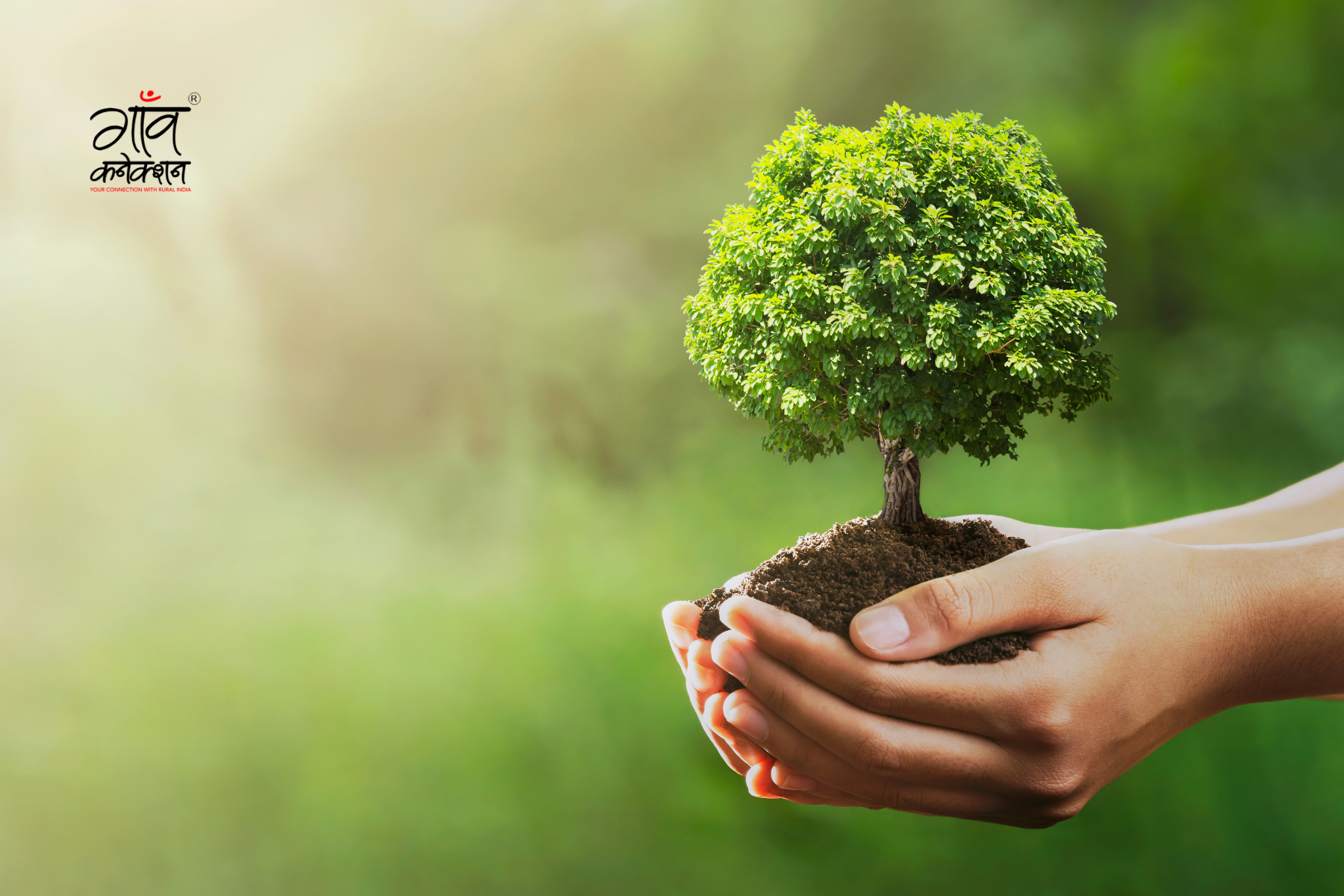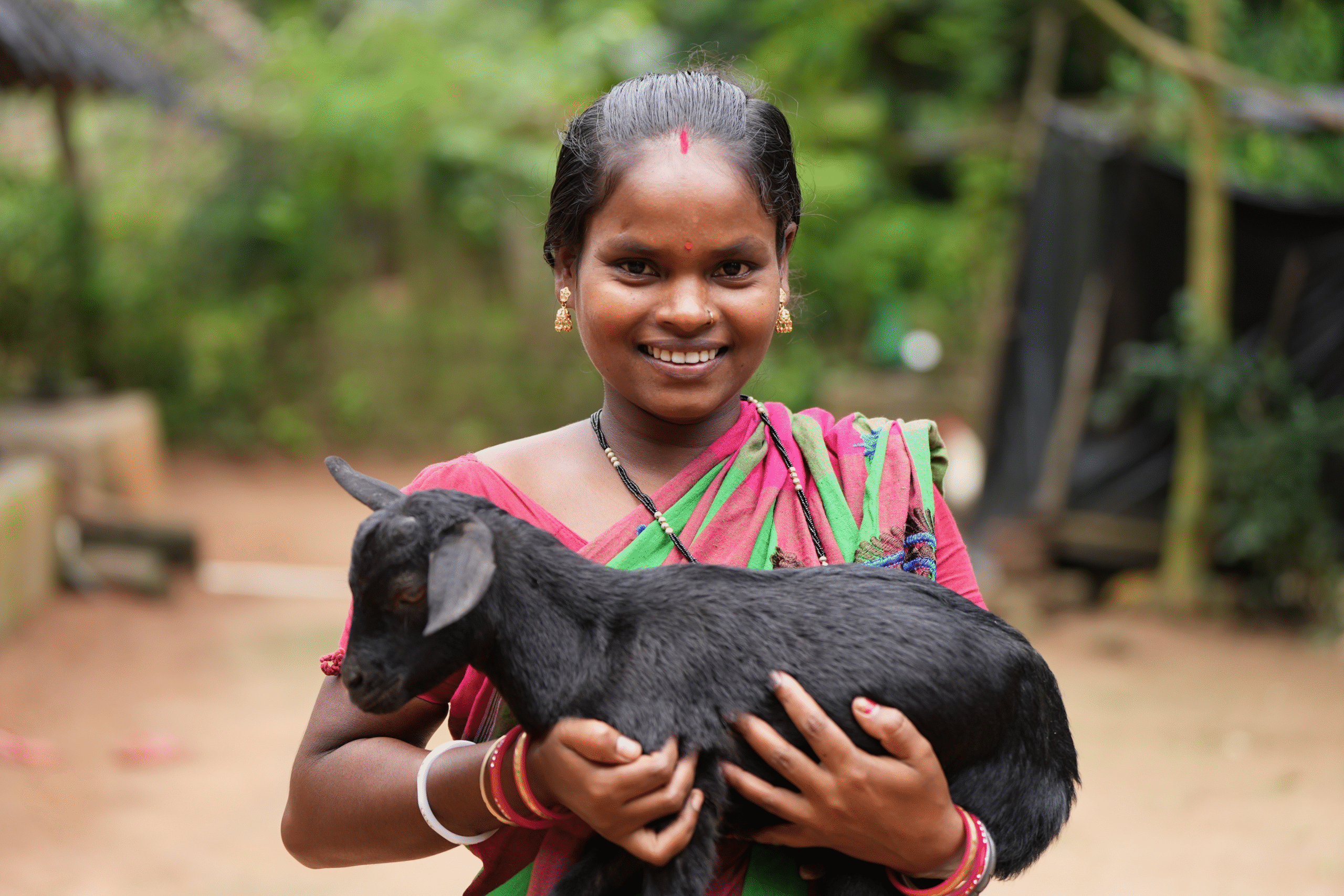Gaon Connection, India’s biggest rural communication platform, has released its much awaited annual publication – The State of Rural India Report 2021. This 400-page report is a unique and exhaustive compilation of 14 chapters, and it also includes 60 stories that define the key happenings and developments in India’s villages in 2021.
This one-of-its-kind report on rural India covers 14 broad themes – The Second Wave; Health; Agriculture; Livelihood; Water; Disasters; Forest and Wildlife; Climate Change; Adivasi; Gender Matters; Education, Youth & Sports; Art, Craft & Tradition; Agents of Change; and Food, Festival & Culture.
Each of these themes are further divided into 60 ground reports, which are Gaon Connection‘s collection of best stories of 2021 reported from villages across the country’s hinterland.
The State of Rural India Report 2021, an open source report, can be downloaded free of cost at the Gaon Connection Insights website – www.ruraldata.in – which is the data and insights arm of India’s biggest rural communication platform. Last year, Gaon Connection had released The State of Rural India Report 2020.
“Loss was an incessant undercurrent of the past year, as India lived through the second year of the pandemic. Away from the national headlines, it had a searing impact on all aspects of life across rural India. But beyond the shadow of the pandemic, there were many other stories to report from rural India as well, that give us a snapshot of what went on in the heartland,” said Neelesh Misra, founder of Gaon Connection, during the release of the report on March 21.
“The second State Of Rural India report is a humble effort to present a snapshot of rural India, that complex, diverse, fascinating part of India that is often not understood and nearly never gets the empathy and understanding it deserves,” he added.
14 chapters and 60 stories
The opening first chapter of the report is on The Second Wave, which tore through rural India. No corner of the country, no matter how remote, was spared. As the pandemic raged across rural India, with almost every family reporting fevers, the already tenuous health infrastructure proved woefully inadequate. This chapter has ground reports from the villages of Uttar Pradesh and Uttarakhand, and stories around rural healthcare infrastructure.
The second chapter focuses on the health system of the country. Apart from COVID cases, the rural hinterland witnessed a rise in several other diseases such as dengue, tuberculosis, mental health illnesses, water-borne diseases due to large-scale floods, and dengue in Uttar Pradesh etc. Apart from that, the National Family Health Survey (NFHS-5) data released in 2021 revealed that there was a slight improvement in nutrition indicators of under-5 children but anaemia in rural India witnessed an upward trend. This chapter covers ground reports from villages of Uttar Pradesh, and Maharashtra on the strained and overburdened healthcare system of rural India.
Agriculture is the backbone of the rural economy and the third chapter of the report is dedicated to farming. While the first wave was limited to urban areas, the second wave impacted the rural areas – the agriculture sector faced the repercussions too. There were crop procurement delays, unseasonal monsoon destroyed crops in several states, and rise in rural debt and prices. Last year also witnessed rollback of the three contentious agricultural laws. This chapter has ground reports from Bihar, Punjab, and Uttar Pradesh.
The chapter on Livelihood notes that more than 15 million people in the country lost their jobs permanently due to the COVID19 pandemic. Between December 2019 and December 2020, around 230 million people across the country fell below the minimum wage threshold of Rs 375 per day. Livelihoods in rural India dried up and there wasn’t enough work under the MGNREGA to support rural income. This chapter has ground reports on rural livelihood and rural economy from Tamil Nadu, Madhya Pradesh, Bihar and Uttar Pradesh.
India is the 48th most water-vulnerable country among 181 countries of the world hence the fifth chapter is dedicated to Water woes. A ground report from Bihar revealed that groundwater of at least ten districts of Bihar has high levels of radioactive uranium along with arsenic, fluoride and iron. Rural India faced unprecedented destruction due to unseasonal rainfall, extended monsoon and incessant rains. Gaon Connection brought reports about floods, throughout the year, from every nook and cranny of the hinterland. This chapter has on-ground coverage from Bihar and Uttar Pradesh.
As the world was struggling with the biggest disaster of the COVID19 pandemic, it was imperative to have a chapter dedicated to Disasters. India witnessed multiple natural and humanmade disasters in 2021. About 5.1 million people were displaced in India due to disasters in 2019. The emergence of fungal pathogens posed a significant threat – over 8,400 cases of black fungus were recorded in India in 2021. This chapter has ground reports on Uttarakhand’s Chamoli disaster, displacement due to floods in Bihar, faulty boiler explosion in Bihar’s Muzaffarpur, and Uttar Pradesh.
The chapter on Forests and Wildlife throws light on forest cover in India, forest fires and the human-wildlife conflict. It also includes ground reports by Gaon Connection on how 12 of the 21 ranges in Odisha’s Similipal Tiger Reserve were affected by forest fires, how mining forced elephants in Chattisgarh to move to Madhya Pradesh, and disappearance of Jaisalmer’s oran’s (community forests) due to solar power projects. The chapter also includes notes on elephant deaths, tiger population, forest land diverted for development projects and the numerous protests carried out throughout 2021 to save the forests.
Climate change is an issue which Gaon Connection has been committed to. As per the India Meteorological Department’s 2021 data, a total of 1,750 deaths were recorded due to extreme weather events in the country. Also, 2021 was a year of cyclones – Tauktae, and Yaas wreaked havoc in coastal areas of India. The chapter notes the increase in droughts, extreme floods, sea temperature and its repercussions. It also includes a ground report on how climate change had an adverse impact on rural women in Bangladesh.
A chapter in The State of Rural India Report 2021 is dedicated to the under-represented Adivasi community who make up 8.9 per cent of India’s population. As the roots of the second wave of the COVID19 pandemic spread to rural India, the tribal population was relegated to the margins without proper resources of economic sustenance. The chapter notes the low immunisation coverage, loss of daily wages, vaccine hesitancy and how the second lockdown worsened their situation. The chapter also covers various protests carried out by tribal communities in 2021 and the women entrepreneur initiatives such as the Banka Madhu Farmers Producer Organisation from Banka, Bihar. The chapter includes ground reports from Odisha, Kashmir, and Bihar.
In order to make our coverage more diverse and inclusive, the Gender Matters chapter has a segment dedicated to the LGBTQ+ community. The chapter discusses the increasing incidences of child marriages, NFHS-5 revelations regarding nutrition, impact of the pandemic on lives of sex workers and women’s livelihoods. There are ground reports on mental health of women tea pluckers in Assam, hijra community of West Bengal, rise in girl-trafficking cases in Uttar Pradesh, and women in Odisha being left out of the public distribution system (PDS).
The chapter on Education, Youth and Sports focuses on India’s rising young population. The chapter documents the education disruptions – school openings, reopenings, lack of access to digital devices during the lockdowns, school dropouts in 2021, the employment troubles and the slew of government policies implemented to promote sports in India. It includes ground reports from Jharkhand and Uttar Pradesh.
Gaon Connection Insights
In 2021, Gaon Connection had released a similar report titled The State of Rural India Report 2020 that summarised the key developments and events in rural India in 2020. This report can also be downloaded for free at the Gaon Connection Insights website – www.ruraldata.in
In addition to the annual reports, Gaon Connection Insights has conducted three rural surveys across India and published three exhaustive reports on these surveys. These rural survey reports can also be downloaded for free at www.ruraldata.in
The Gaon Connection Insights platform has been created to give voice to the concerns, issues, challenges and achievements of rural India in the corridors of power. It’s an attempt to bring the voices in the margin to the mainstream and fill the gaping vacuum between the two.


